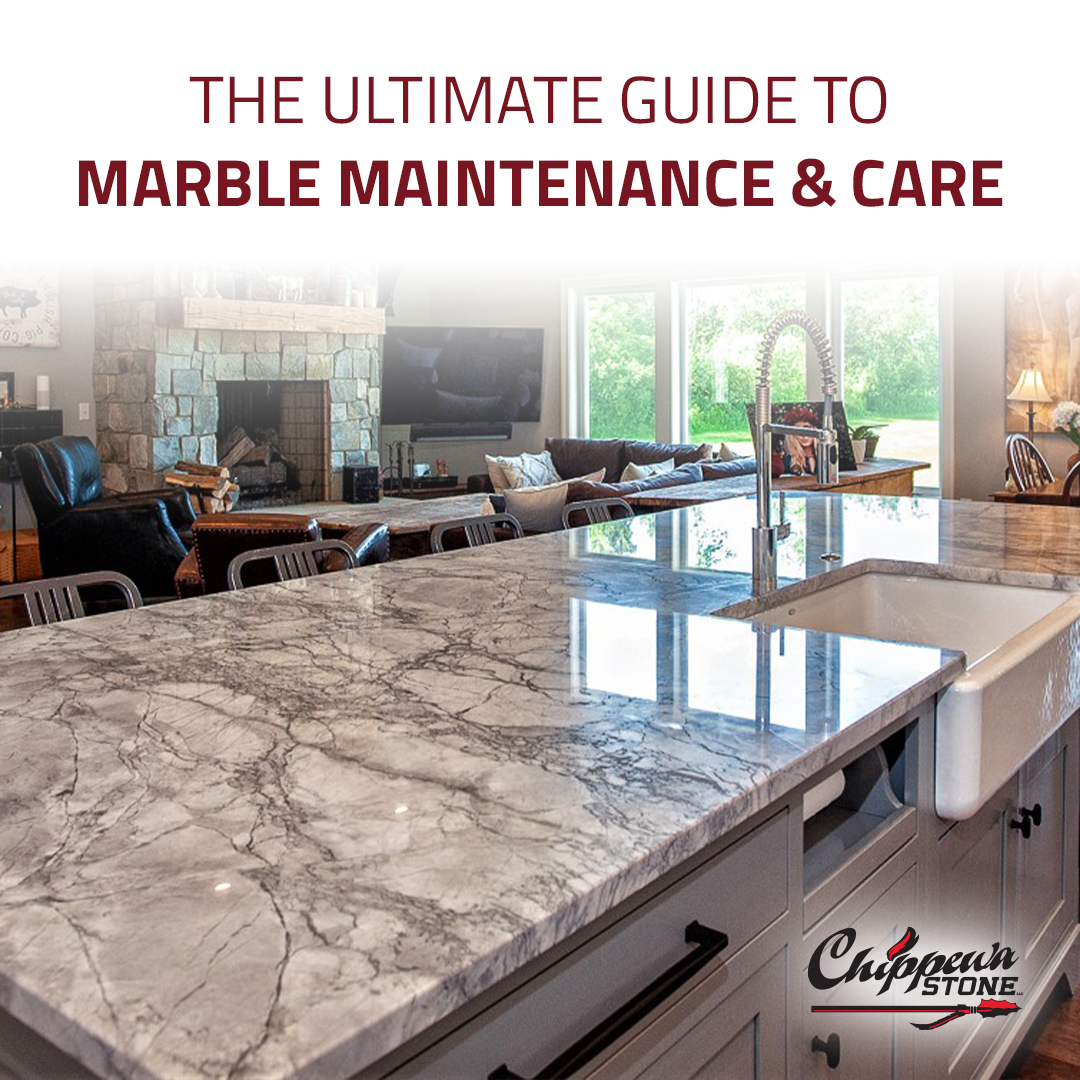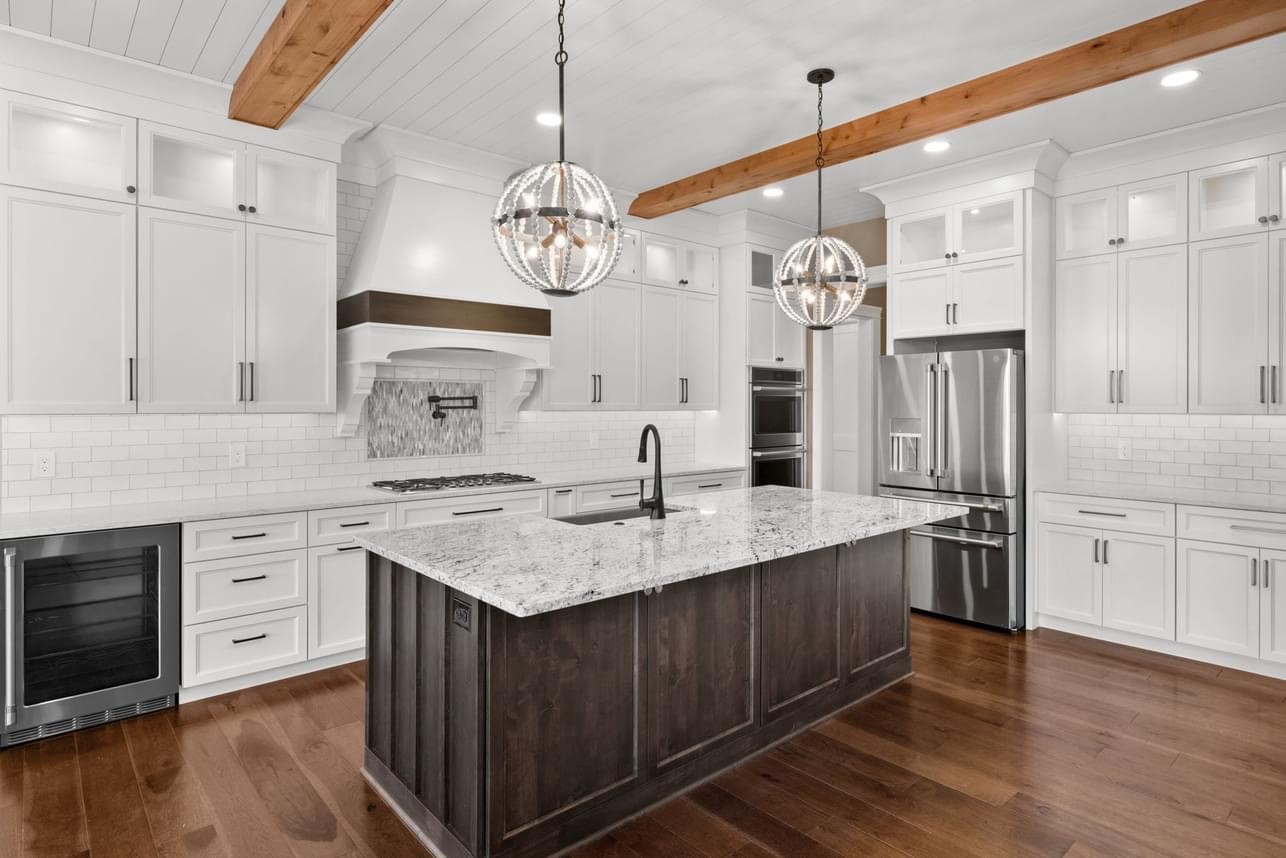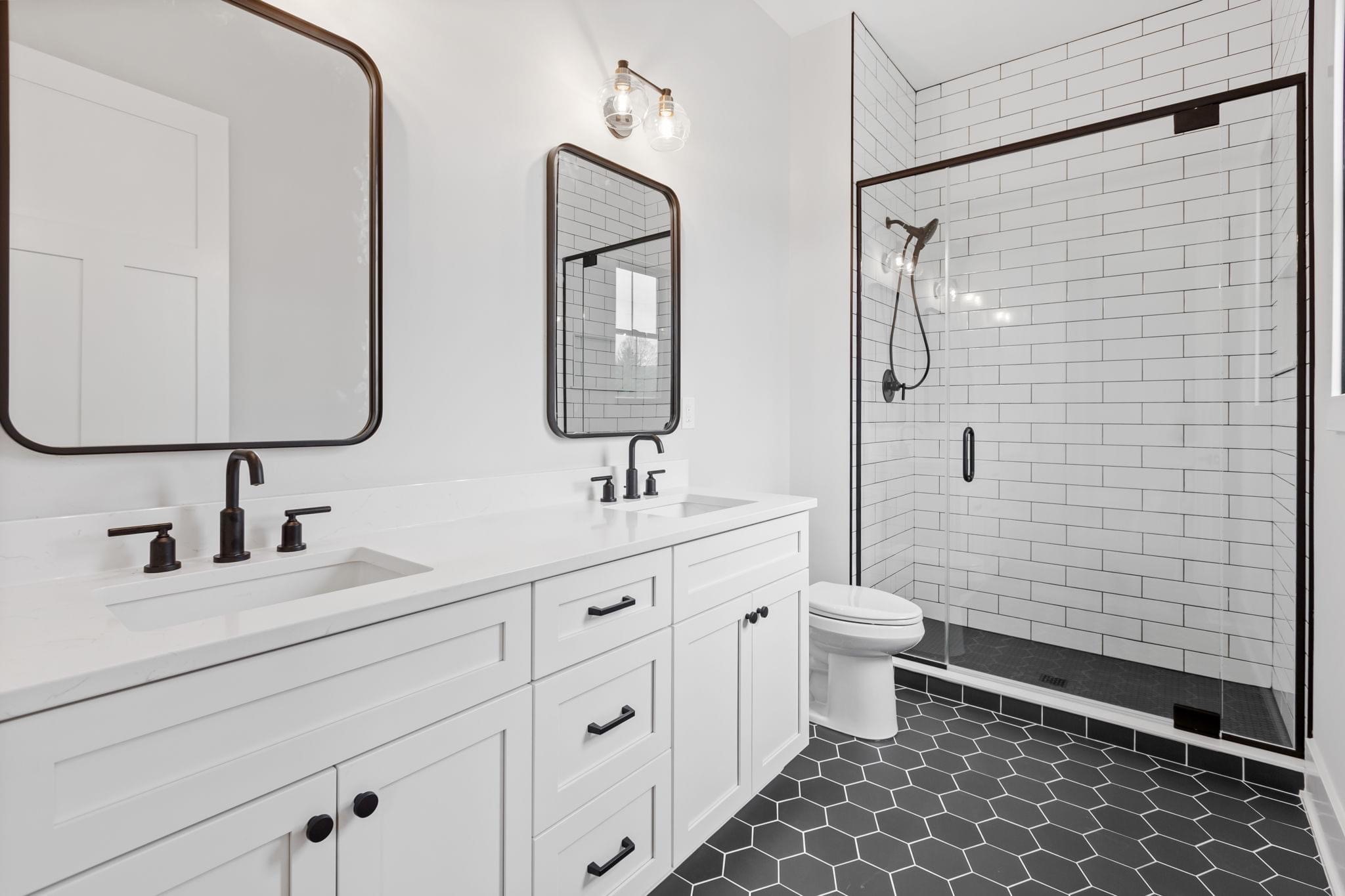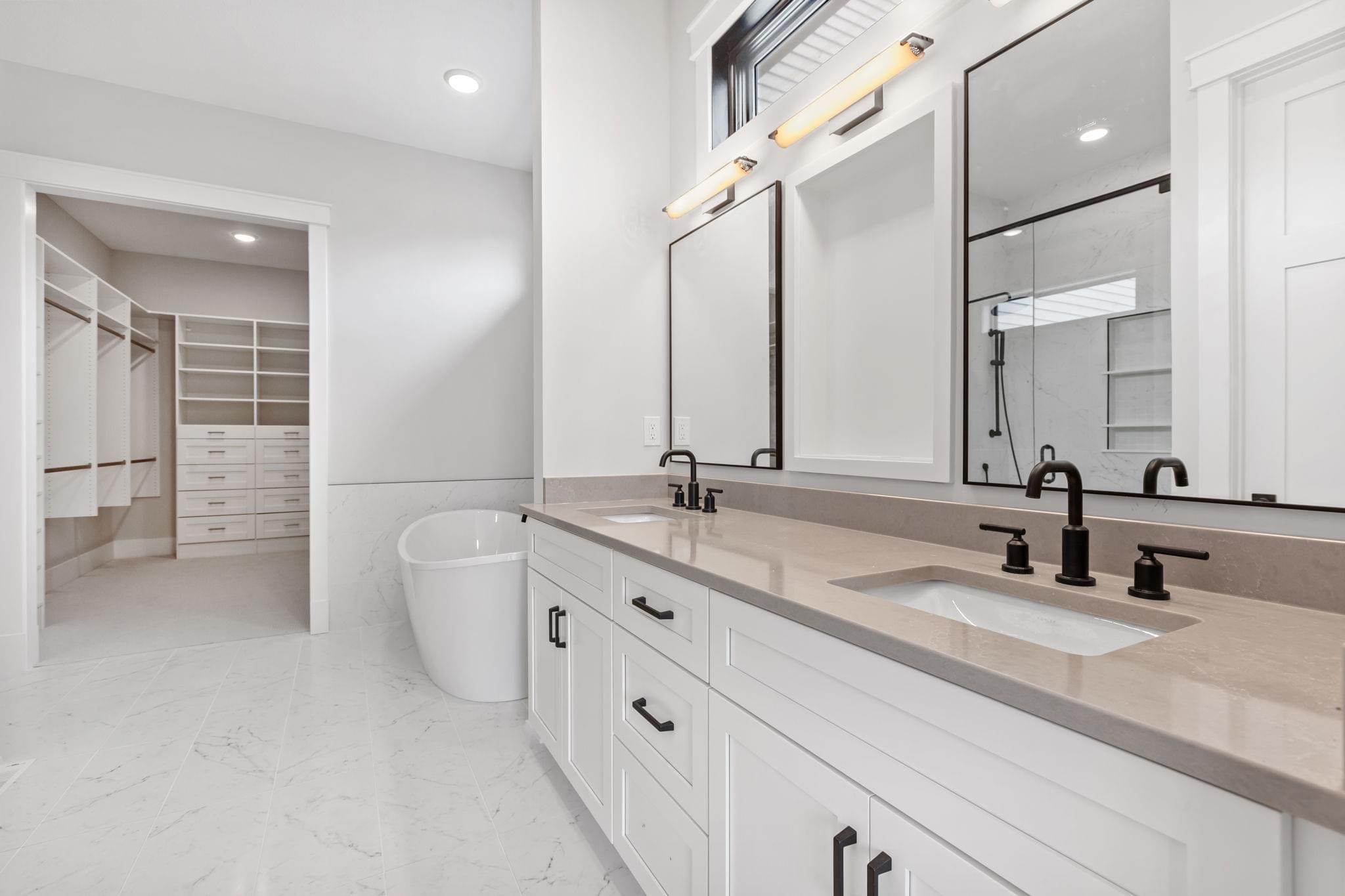Marble is a timeless and luxurious material known for its natural beauty and elegance. Whether it’s used for countertops or other design elements, marble adds sophistication to any space. However, maintaining its stunning appearance requires proper care and attention. In this guide, we’ll cover everything you need to know about marble maintenance, from cleaning routines to sealing, preventing damage, and addressing common issues. With the right care, your marble surfaces can stay beautiful for years to come.
Understanding Marble: The Basics
Before diving into maintenance tips, it’s essential to understand the nature of marble. Marble is a natural stone formed from limestone that has undergone a metamorphic process. This process creates its distinctive veining and coloration, making each slab unique. However, this beauty comes with certain vulnerabilities. Marble is porous and softer than other natural stones like granite, meaning it can be more prone to staining, scratching, and etching (dull spots caused by acidic substances).
By understanding the properties of marble, you’ll be better equipped to care for it and keep it looking pristine.
Daily Marble Care: The Do’s and Don’ts
The key to maintaining marble’s beauty lies in regular care and gentle handling. Here are some everyday practices that can protect your marble surfaces:
- Clean Spills Immediately: Marble is prone to staining, especially from acidic substances like wine, lemon juice, coffee, or vinegar. Clean spills as soon as they happen to prevent stains from setting.
- Use pH-Neutral Cleaners: When cleaning marble, stick to pH-neutral cleaners specifically designed for stone. Harsh or acidic cleaners can damage the surface and cause etching.
- Wipe with a Soft Cloth: Use a soft, damp cloth or sponge to wipe down marble surfaces daily. This prevents dust, grime, and debris from accumulating.
- Use Cutting Boards: Always use a cutting board when preparing food on marble countertops. Directly cutting on marble can cause scratches and dull the finish.
- Place Coasters and Trivets: Protect marble countertops from moisture rings and heat damage by using coasters for drinks and trivets for hot pots or pans.
- Avoid Acidic Cleaners: Never use vinegar, lemon, bleach, or other acidic cleaning products on marble. These substances can cause permanent damage by etching the surface.
- Don’t Use Abrasive Scrubbers: Scouring pads or harsh scrubbers can scratch marble. Stick to soft cloths or non-abrasive sponges.
- Avoid Leaving Standing Water: Water spots can form on marble, so be sure to dry surfaces after cleaning or after spills.
Sealing Your Marble
One of the most important aspects of marble care is sealing. Since marble is porous, sealing it helps protect the stone from absorbing liquids that can cause stains. While sealing doesn’t make marble completely stain-proof, it provides a protective barrier that buys you time to clean spills before they penetrate the stone.
How Often Should You Seal Marble?
The frequency of sealing depends on the type of marble, its location, and the amount of use the surface gets. Generally, marble countertops should be sealed every 6 to 12 months. High-traffic areas like kitchen countertops may need more frequent sealing, while marble in low-use areas may last longer between sealings. At the time of installation, our team will provide you with specific recommendations and apply a 15-year sealant.
How to Seal Marble
- Choose the Right Sealer: Use a marble-specific sealer, which can be found at most home improvement stores.
- Clean the Surface: Ensure the marble surface is thoroughly cleaned and dry before applying the sealer.
- Apply the Sealer: Following the product instructions, apply an even layer of sealer using a soft cloth or applicator. Allow the sealer to soak into the marble.
- Wipe Off Excess: After the recommended time (usually 15-20 minutes), wipe off any excess sealer with a clean, dry cloth.
- Let it Cure: Allow the sealer to cure for the time specified on the product label, usually 24 to 48 hours, before using the surface.
Preventing Stains and Damage
Because marble is susceptible to stains and etching, prevention is the best approach. Here are some tips to avoid common marble issues:
- Avoid Spills of Acidic Substances: Common kitchen substances like citrus juices, wine, and vinegar can cause etching and stains. Clean these up immediately to protect your marble.
- Be Careful with Beauty Products: In bathrooms, protect marble vanities from makeup, lotions, and perfumes that can leave behind stains or residue. Use trays to keep these items off the marble surface.
- Use Felt Pads Under Decorative Items: For marble countertops, place felt pads under heavy decorations to prevent scratches when rearranging.
- Avoid Dragging Heavy Objects: Never drag heavy pots, pans, or appliances across marble countertops. Always lift them to avoid scratches.
Addressing Etching
Even with the best care, marble can still develop etching over time. Etching occurs when acidic substances come into contact with the stone, causing dull spots. While sealing can help prevent some etching, it may still occur. Light etching can often be polished out using a marble polishing powder or a professional-grade marble polishing kit.
For more severe etching, it may be necessary to hire a professional to restore the marble’s shine.
Dealing with Common Marble Issues
Despite your best efforts, marble surfaces may still experience some wear and tear over time. Here’s how to address common marble issues:
- Oil-Based Stains: Stains from cooking oils or grease can be stubborn. Create a paste with baking soda and water, apply it to the stain, and cover it with plastic wrap. Let it sit for 24 hours before rinsing it off.
- Organic Stains: Stains from coffee, wine, or food can be removed using a poultice made from baking soda and hydrogen peroxide. Apply the paste to the stained area and cover it with plastic wrap for 24 hours, then wipe it clean.
- Water Stains: Water stains often appear as rings or spots. You can buff these out with a soft cloth or try a marble-safe polishing powder for more stubborn marks.
- Scratches: Light scratches can often be polished out with a marble polishing compound. For deeper scratches, professional refinishing may be necessary.
- Cracks: Small cracks or chips can be repaired using a stone epoxy or resin filler, which is available in various colors to match the marble. However, for large or deep cracks, professional repair is recommended.
Long-Term Marble Care
To keep your marble looking as good as new for the long term, you’ll need to establish a consistent care routine:
- Regular Cleaning: Clean marble surfaces daily using a pH-neutral stone cleaner or a damp microfiber cloth.
- Resealing: Keep track of when your marble surfaces were last sealed and plan to reseal them regularly, based on the surface’s usage.
- Polishing: Occasionally, you may want to use a marble polishing powder to restore your marble’s shine, especially if you notice dull spots or light etching. Polishing helps maintain its lustrous appearance.
- Professional Maintenance: For deep cleaning, refinishing, or addressing significant damage like deep etching or cracks, it’s best to consult a professional stone care expert. They have the tools and expertise to restore your marble surfaces to their original beauty.
The Investment of Proper Marble Care
Marble is an investment in your home’s beauty and value, and with the right care, it can last a lifetime. By following the proper cleaning routines, sealing your marble surfaces regularly, and taking preventive measures to avoid stains, scratches, and etching, you can enjoy the elegance of marble for years to come.
At Chippewa Stone, we understand the importance of maintaining your natural stone surfaces. Whether you’re looking for expert advice on marble care or need help selecting the perfect stone for your next project, we’re here to guide you every step of the way. With a little care and attention, your marble will remain as stunning as the day it was installed.








